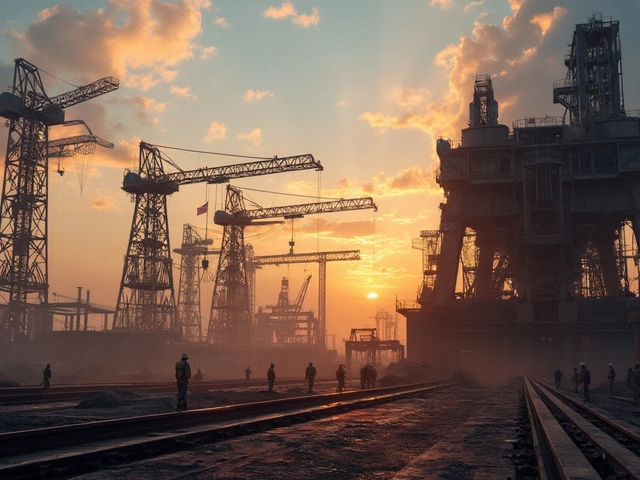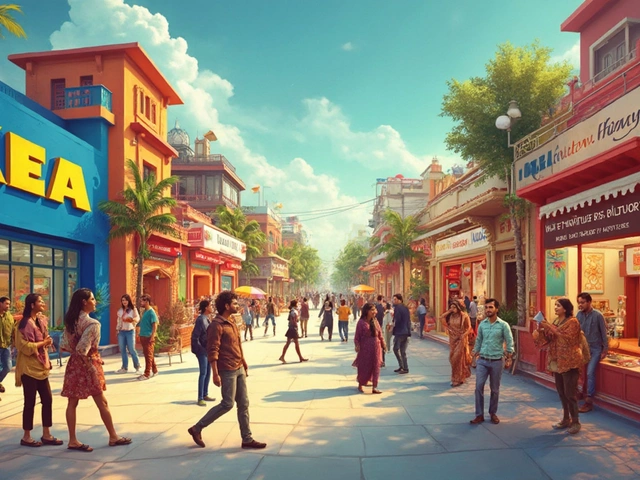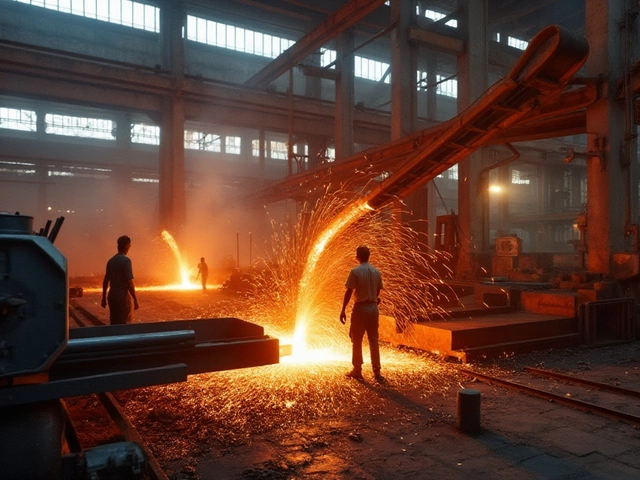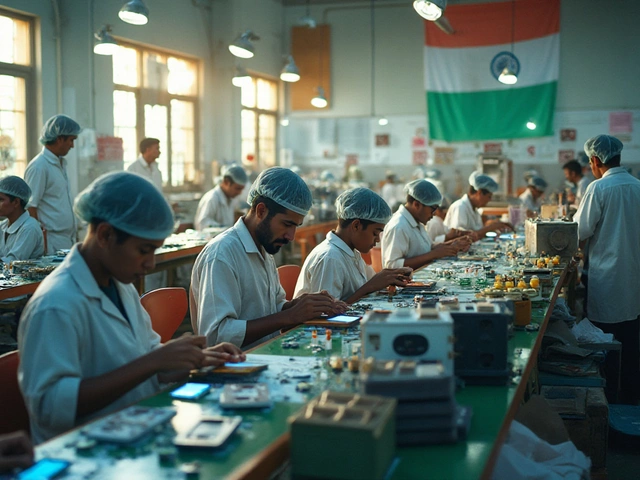Tag: government schemes
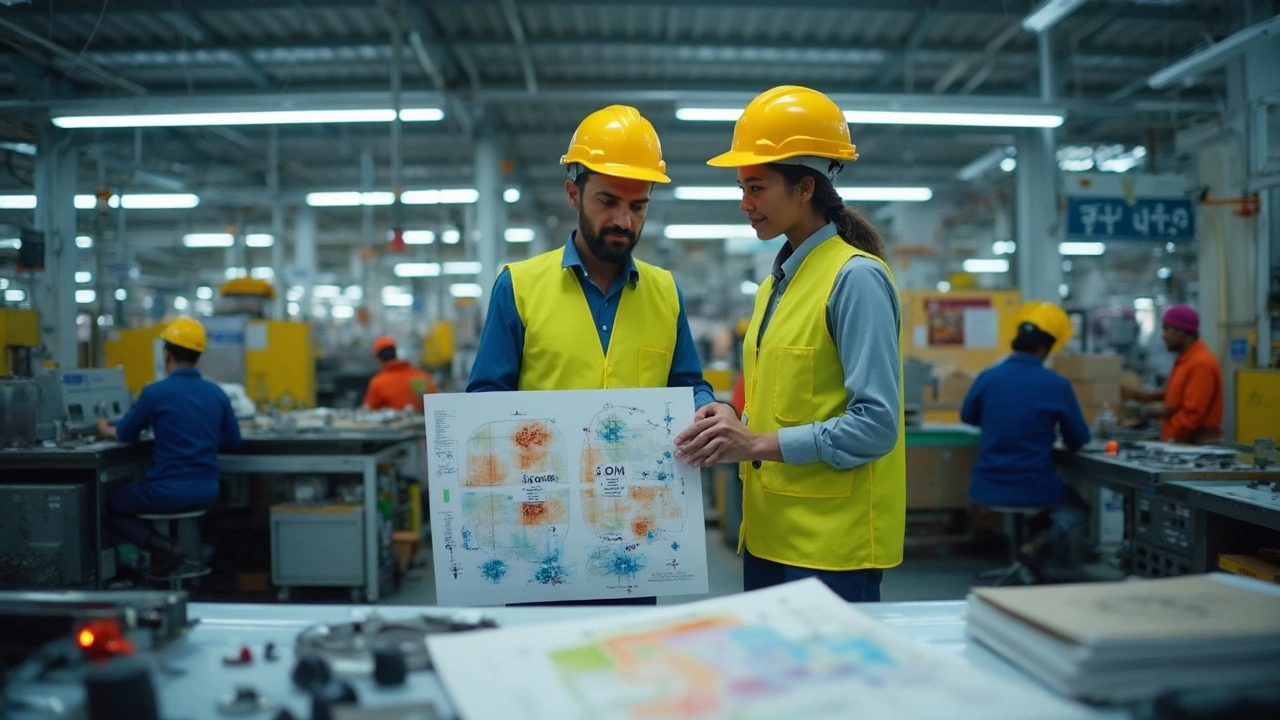
Ever wondered why your manufacturing project needs both a BOM and a MOM? This article clears up what sets them apart, explains where and how each fits into production, and shares real-world tips on using them without hassle. You'll spot common mistakes people make (and how to dodge them), and see how each document can save you from manufacturing headaches. Skip the boring jargon—this is straight talk for people who just need solid answers. (Read More)
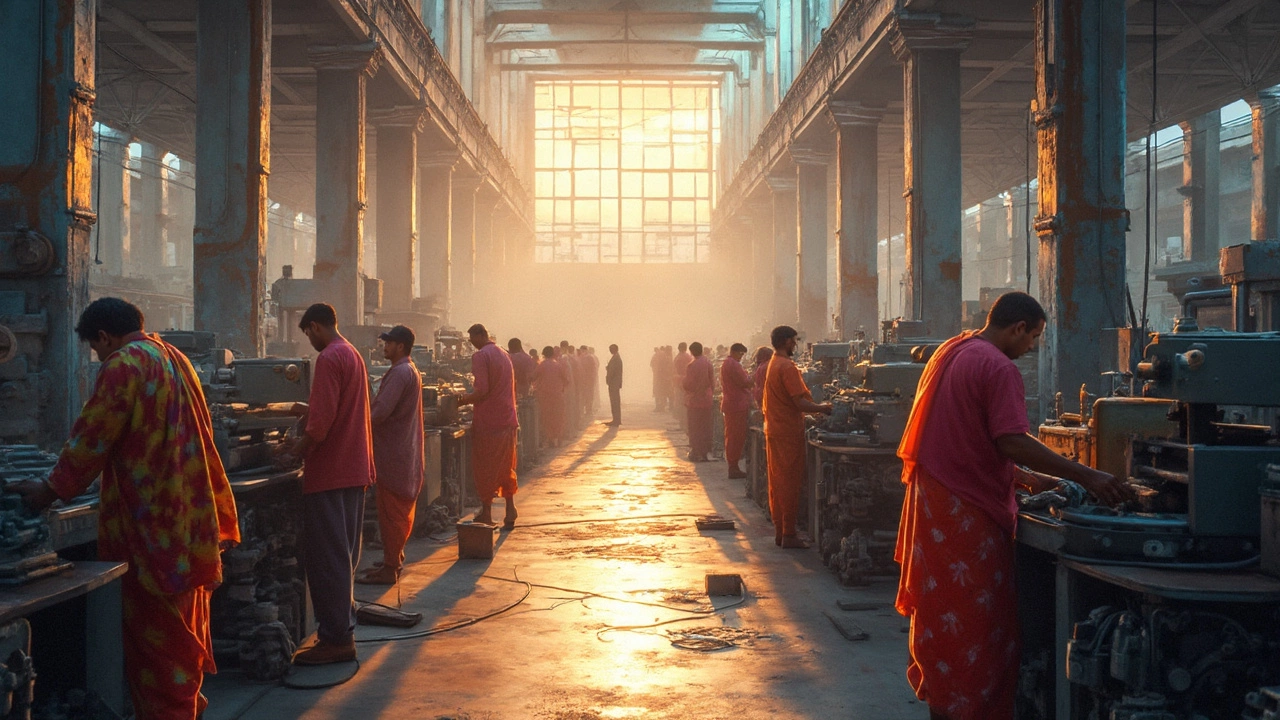
Manufacturing plays a crucial role in boosting the economy by creating jobs, fostering innovation, and driving exports. From enhancing supply chains to offering potential tax incentives, government schemes often aim to support this vital sector. By producing goods domestically, countries reduce dependency on imports and improve trade balances. Understanding why and how manufacturing impacts economic growth can help in making informed policy decisions. This article delves into the various ways manufacturing benefits the economy. (Read More)
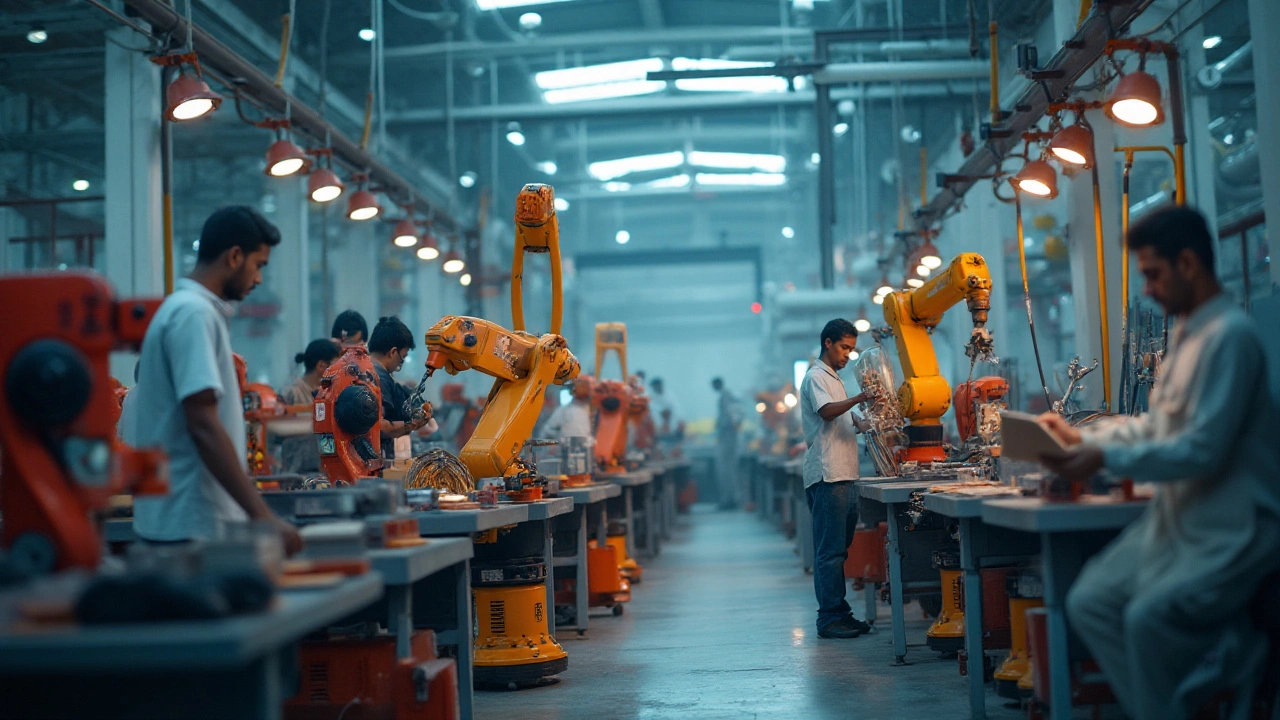
Manufacturing in 2025 is witnessing significant evolution, driven by technological advancements and changing global demands. The two main types of manufacturing processes are discrete and process manufacturing, each with unique characteristics and applications. Understanding these types is crucial for businesses to optimize production and make informed decisions about government schemes that support industrial growth. This article delves into the intricacies of these manufacturing types, offering insights into their mechanisms, advantages, and how they align with government initiatives. (Read More)
